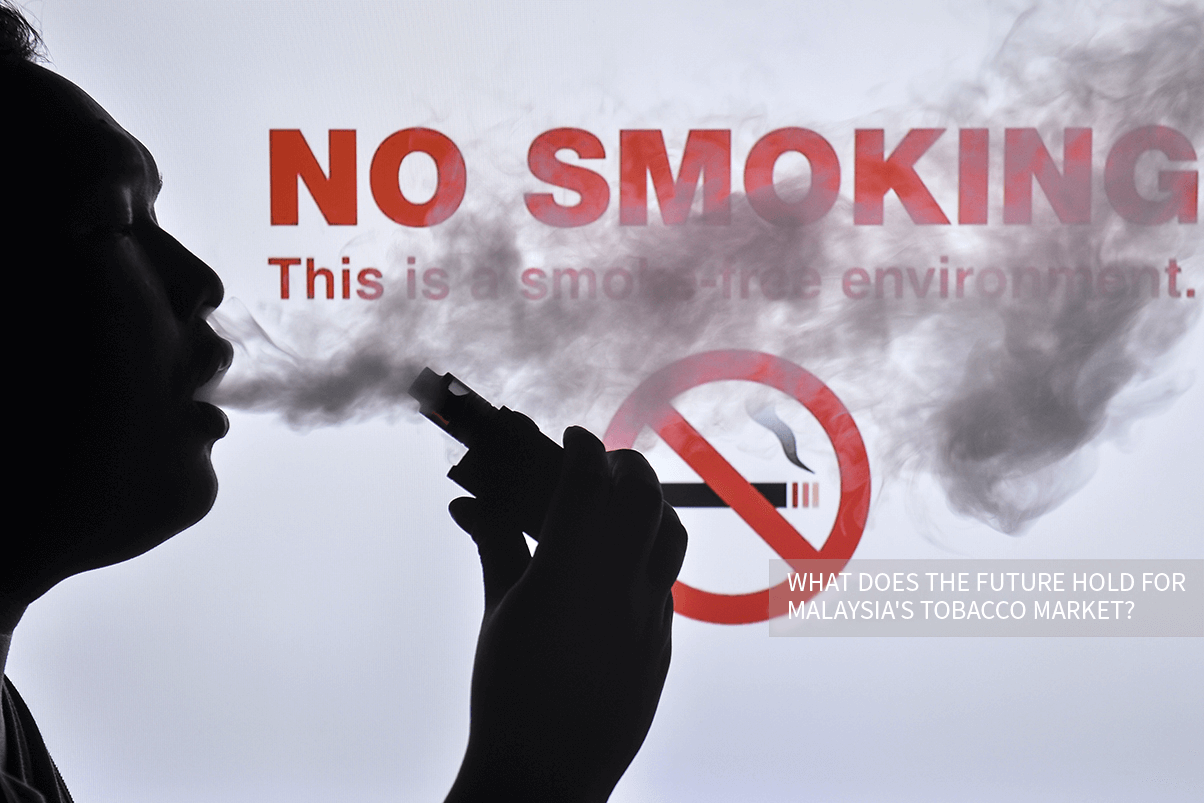
As Southeast Asia emerges as a vital battleground for the global vape industry, Malaysia—a market long considered a launchpad for regional expansion—is now at the center of regulatory upheaval. Under the 2024 Control of Smoking Products for Public Health Act (Act 852), Malaysia is moving toward a new era of tobacco and vape control. But as implementation approaches, a patchwork of state-level legislation is creating uncertainty, tension, and opportunity—all at once.
Act 852: One Law, Many Interpretations
Originally set to take effect nationwide on October 1, 2024, Act 852 provides a federal framework to regulate the sale, advertising, labeling, and distribution of tobacco and vape products, with a special focus on protecting minors. However, the decentralization of enforcement—allowing state and local governments to craft their own sales rules—has opened the door to conflicting policies.
Malaysia’s Health Ministry (KKM) has pledged stricter enforcement across the board, especially around product registration and youth access prevention. But what that means in practice is increasingly left up to state authorities.
States Begin to Break Away
In April 2025, Terengganu became the third Malaysian state to announce a full ban on the sale and advertisement of vape products, following Johor and Kelantan. The ban, set to take effect August 1, comes with a three-month grace period—but no room for negotiation. To further emphasize its position, the state will not accept sponsorship or funding from vape manufacturers or distributors in any official capacity.
Other states are watching closely. Kedah’s Chief Minister has publicly expressed support for adopting a similar ban, and Penang’s leadership is “open to discussion” about a statewide restriction on vape sales in commercial spaces.
The trend is clear: while the federal government preaches regulation, state governments are experimenting with prohibition.
Public Health Triggers and Political Catalysts
A recent incident in Perlis, where a 15-year-old boy suffered a seizure after vaping at school, helped fan the flames of anti-vape sentiment. Though the specific product type remains unknown, the case quickly became a national flashpoint.
Simultaneously, law enforcement agencies have ramped up operations targeting illegal vape sales and drug-laced devices in cities like Kuala Lumpur. Senior police officials have linked vaping to new forms of synthetic drug abuse, urging more aggressive action from state leaders.
These developments have put pressure on health officials to reconsider their earlier shift from a “ban-first” to a “regulate-strictly” approach.
The Economic Fallout for Local Businesses
Vape retailers are pushing back. The Terengganu Vape Chamber of Commerce estimates the ban could cost its 169 members over MYR 5 million (USD 1.15 million) per month in lost revenue.
Its president, Kamaruzaman Mahmud, has questioned the legality of the ban, arguing that Act 852 was never designed to outlaw vape sales entirely. “Prohibition isn’t the most effective way to prevent youth vaping,” he argued. “What we need is consistent and enforceable regulation aligned with federal standards.”
Retailers are also demanding more time to wind down operations, saying the current grace period is far too short to clear inventory or transition into new business lines.
Big Tobacco Enters Damage Control Mode
Major tobacco companies aren’t staying quiet either. Fearing lost market access, firms like British American Tobacco (BAT), Imperial Tobacco, and Philip Morris International (PMI) have intensified their lobbying at the local level. Their arguments center on lost tax revenue and the potential for black-market expansion under a prohibition regime.
BAT Malaysia took the first step by announcing it would phase out its Vuse vape products from the Malaysian market by Q3 2025. In a disclosure filed with the country’s stock exchange, BAT cited the upcoming implementation of Act 852 as the reason for the strategic withdrawal.
The company emphasized that the move would have “minimal impact” on its full-year financial performance and reiterated its focus on growth through combustible products and regulatory compliance.
A Federated Maze for Market Players
Malaysia’s federal structure adds further complexity. Composed of 13 states and 3 federal territories, the country allows considerable autonomy in public health governance. This means that even with a national framework in place, regional decisions can effectively override central policies in practice.
As of mid-2025, the three states pursuing full vape bans—Johor, Kelantan, and Terengganu—represent over 21% of Malaysia’s population. If other states follow suit, the impact on market structure and distribution channels could be profound.
What’s Next?
The road ahead is uncertain. Will more states move toward prohibition? Will the federal government intervene to ensure policy consistency? Will large corporations retool their strategies or retreat entirely?
One thing is certain: the Malaysian market is no longer a regulatory safe haven. For brands and distributors—both local and international—the time to adapt is now.
We will continue to monitor this fast-evolving market and share timely updates as the situation develops. If you have local insights or observations to share, we welcome them.
